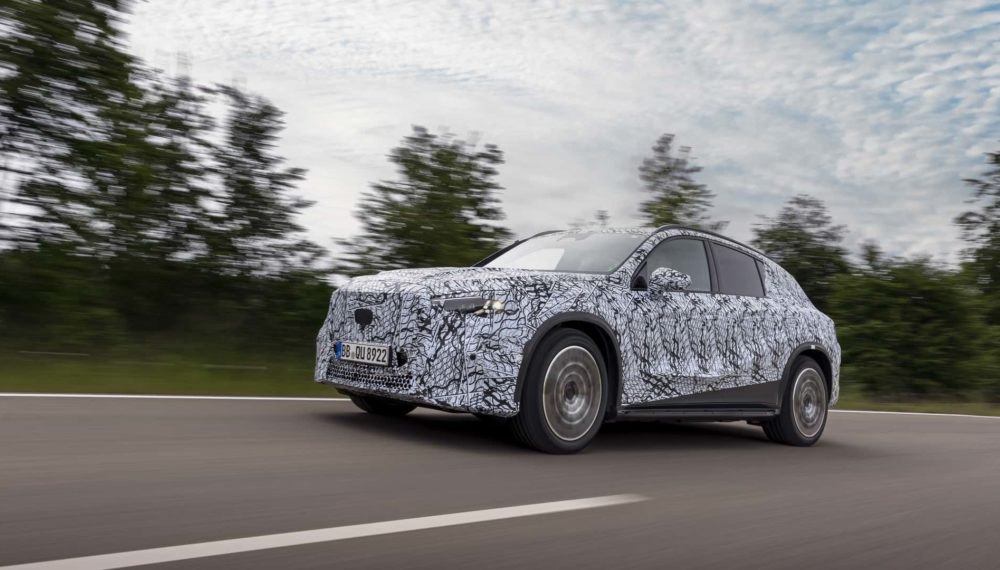We ask a lot of our cars – heat me, cool me, be silent, be comfy, be exciting and, increasingly, propel me without costly and polluting gasoline. It’s the latter request that confounds, since batteries, the most obvious replacements for gas, are heavy and have limited energy storage.
But what if the energy storage burden was shifted from our overworked cars to the road?
Researchers at the Energy Dynamics Laboratory at Utah State University are working on just such a solution, called electrified roads.
Electric vehicles, or EVs, could pick up small amounts of electricity as they drive over charging pads buried under the asphalt and connected to the electrical grid. Researchers say that a continuously available power supply would allow EVs to cut battery size as much as 80 percent, drastically reducing vehicle cost.
“Basically you get power directly from the grid to the motors as the car moves,” said Hunter Wu, a Utah State researcher who was recruited from The University of Auckland in New Zealand, where the technology was pioneered, to further develop the concept. “You can travel from the West Coast to the East Coast continuously without charging.”
Nicola Tesla first discovered the principles of wireless charging, or inductive power transfer, in the late 19th Century. It works by creating an electromagnetic charging field that transfers energy to a receiving pad set to the same frequency.
Manufacturers are already marketing wireless charging pads for electric vehicles – retrofitted to accept the charges – that can deliver a 5-kilowatt charge with 90 percent efficiency from a distance of about 10 inches.
There is also a trial application of electric roads – albeit at slow speeds and using very long charging pads – for buses at the Korea Advanced Institute of Science and Technology, south of Seoul.
But Wu is thinking of something much more radical: charging at interstate speeds. This will require several technical breakthroughs, he said.
“At 75 mph, you’re only going to stay on a pad for about 30 milliseconds,” he said. “We need to turn the pad embedded in the road on and off really quickly.”
The pads would need to be able to signal to each other that a car is coming and the car would also need to communicate its need for a charge, he said.
Wu said the pad must also deliver power even when the car isn’t directly over top of it – a capability called horizontal misalignment that the current generation of stationary inductive power transfer chargers don’t have.
John Boys, a University of Auckland professor who is credited with refining the technology, said it would be possible to transfer up to 30 kW of power at an average efficiency of 80 percent on the highway. Assuming that chargers would be available at home and work, Boys said, a car would only need “a battery big enough to make it to the nearest interstate or major road.”
Wu said the cost of electrified roads, pegged at $1.5 million to 2.5 million per lane mile, could be made up through charging a toll along the roadway.
Not only would the cost of EVs, but range anxiety would be totally eliminated, he said.
“This technology,” Wu said, “would propel EVs forward.”
Source: txchnologist


